Results
-
 £8.50
£8.50BANDILERO CALYPSO CALAPSO (score) - Chapman, Dave
If you require further information on BANDILERO CALYPSO CALAPSO (score), please
In Stock: Estimated dispatch 1-3 working days
-
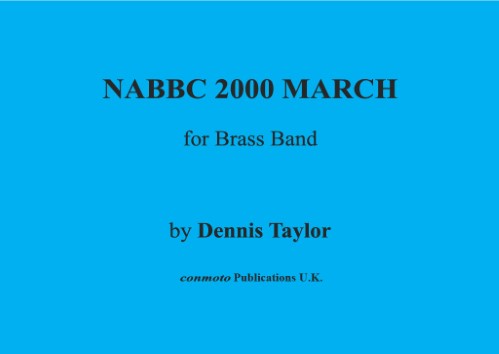 £27.50
£27.50NABBC 2000 MARCH (score & parts) - Taylor, Dennis (1925-2021)
If you require further information on NABBC 2000 MARCH (score & parts), please
In Stock: Estimated dispatch 1-3 working days
-
 £42.50
£42.50THREE PIECES FOR BRASS (score & parts) - Chapman, Dave
If you require further information on THREE PIECES FOR BRASS (score & parts), please
In Stock: Estimated dispatch 1-3 working days
-
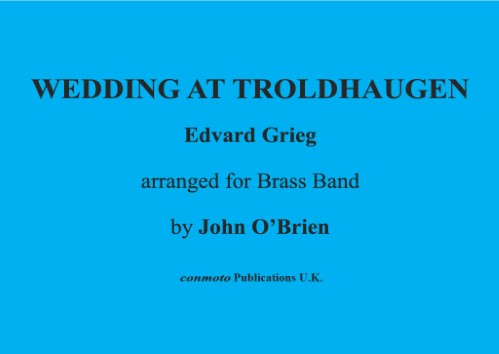 £11.50
£11.50WEDDING AT TROLDHAUGEN (score) - Grieg, Edvard (1843-1907)
If you require further information on WEDDING AT TROLDHAUGEN (score), please
In Stock: Estimated dispatch 1-3 working days
-
 £27.50
£27.50SWISS EXPERIENCE (score & parts) - Taylor, Dennis (1925-2021)
If you require further information on SWISS EXPERIENCE (score & parts), please
In Stock: Estimated dispatch 1-3 working days
-
 £7.95
£7.95WHAT A WONDERFUL WORLD (score) - Armstrong, Louis (1901-1971)
If you require further information on WHAT A WONDERFUL WORLD (score), please
In Stock: Estimated dispatch 1-3 working days
-
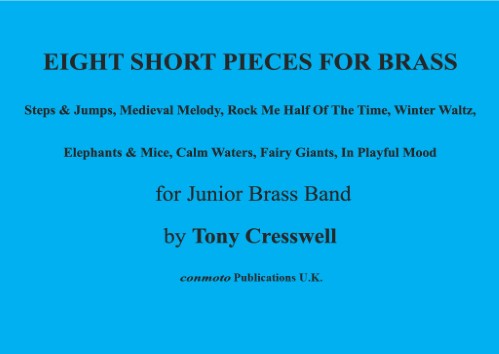 £11.50
£11.50EIGHT SHORT PIECES FOR BRASS (score) - Cresswell, Tony
If you require further information on EIGHT SHORT PIECES FOR BRASS (score), please
In Stock: Estimated dispatch 1-3 working days
-
 £42.50
£42.50WHITLOCK VARIATIONS (score & parts) - Mealor, Paul (b.1975)
If you require further information on WHITLOCK VARIATIONS (score & parts), please
In Stock: Estimated dispatch 1-3 working days
-
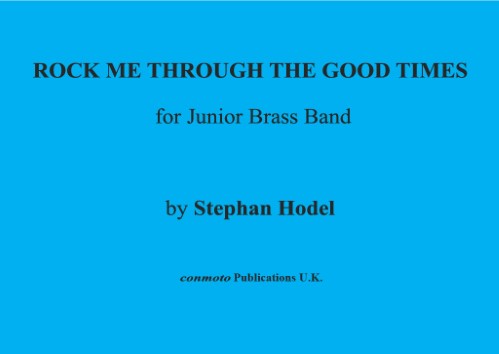 £8.50
£8.50ROCK ME THROUGH THE GOOD TIMES (score) - Hodel, Stephan
If you require further information on ROCK ME THROUGH THE GOOD TIMES (score), please
In Stock: Estimated dispatch 1-3 working days
-
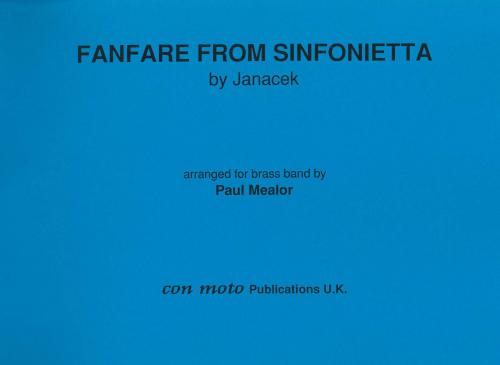 £8.50
£8.50FANFARE from Sinfonietta (score) - Janacek, Leos (1854-1928)
If you require further information on FANFARE from Sinfonietta (score), please
In Stock: Estimated dispatch 1-3 working days
